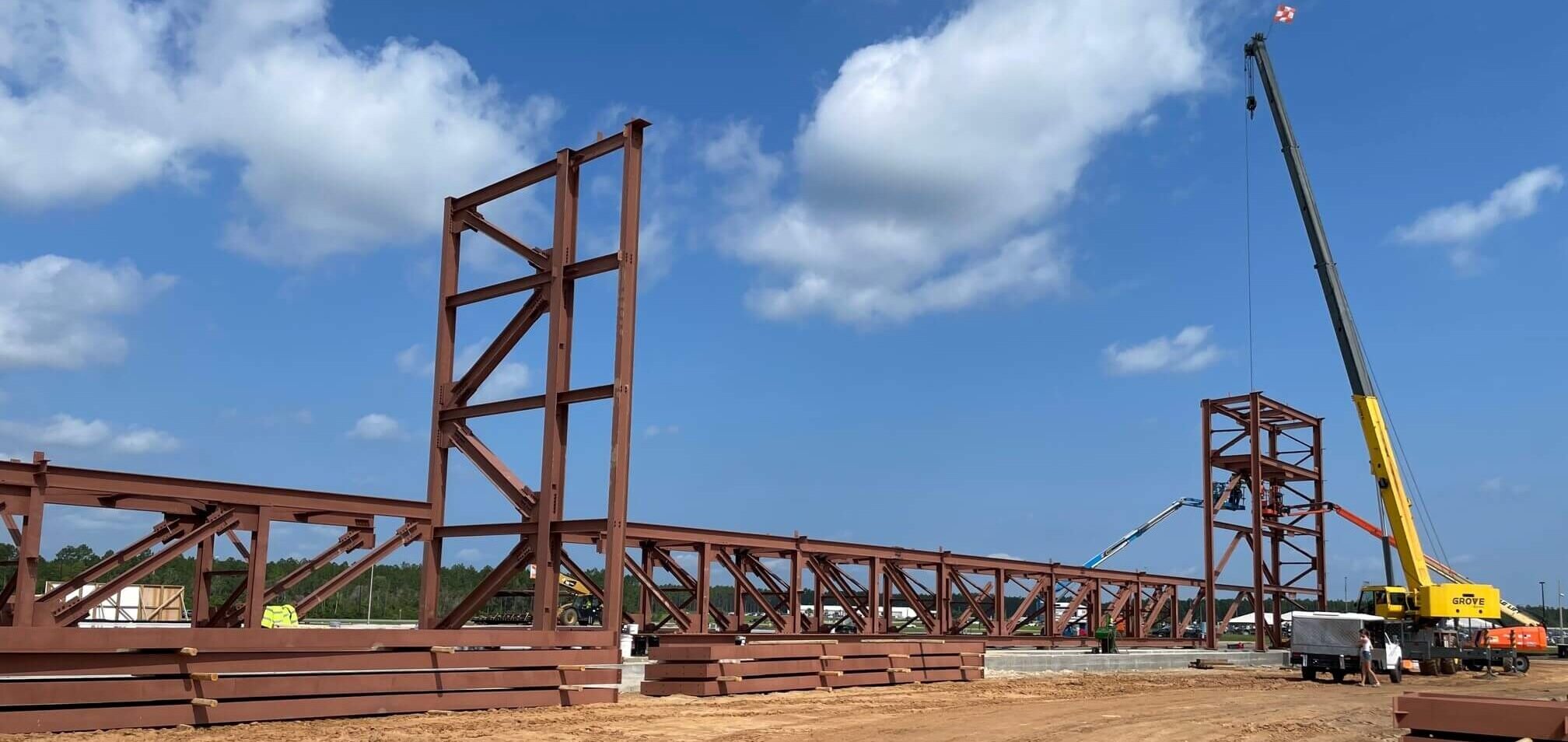What It Takes To Build a Hangar
September 8, 2023 · Insights
By Christina Marsh and GMC Regional Vice President Steve Jernigan, FAIA, LEED AP

Q&A with GMC Regional Vice President and Resident Aviation Architecture Expert Steve Jernigan on decision-making processes when it comes to FBO and MRO hangar needs.
There are many things to take into consideration when it comes to building a hangar for an FBO or MRO. What types of materials should be considered? How large should the facility be? What is the goal for the facility? What types of operations will take place within the facility?
All of these questions are essential in making sure the facility is designed to meet the needs of the day-to-day operations and not the other way around.
Goodwyn Mills Cawood Regional Vice President and Resident Aviation Architecture Expert Steve Jernigan spoke with Airport Business to give some helpful advice on decision-making processes when it comes to hangar needs; the goals, design challenges and the aspects of the space that are the most important to business and best practices in making informed choices on building these facilities.
AB: When starting a hangar project for an FBO or MRO, how do you determine what needs are the most essential in building an appropriate hangar and what needs should be taken into consideration?
Jernigan: “The very first thing you would think about is the size of the aircraft and the number of aircraft that they need to hang. That’s going to really drive really the depth and size of the building itself and also what the clear height is because that really starts to drive the design, because the tail heights of the aircraft, you don’t only have to take into account the structure itself but anything hanging from the structure. Light fixtures, fans, fire sprinkler, piping, anything like that, you’ve got to take into account to make sure that you clear any of those items and make sure that they clear the tail height of the particular aircraft.”
AB: What advice do you have for hangars being used for maintenance versus storage?
Jernigan: “Those are very different uses. For example, if you’ve got a storage hangar, it’s a lot easier to kind of play puzzle maker and put the aircraft in there, but you got to think about, ‘Okay, when does this aircraft need to move? When does this one need to come out?’ It’s always a challenge because moving aircraft around, just the potential of any damage to the aircraft, especially the wings or the tail surfaces is horrendously expensive and a major insurance claim that you really don’t want to deal with. That’s why typically on a hangar versus a normal building, you really have very, very large clear spans to maximize the clear space within the structure, but also to eliminate that risk of hitting a column that might be in the middle of the building somewhere.”

Steve Jernigan
Regional Vice President, Florida, Board Member
Tel: 850-432-0706
Email: steve.jernigan@gmcnetwork.com